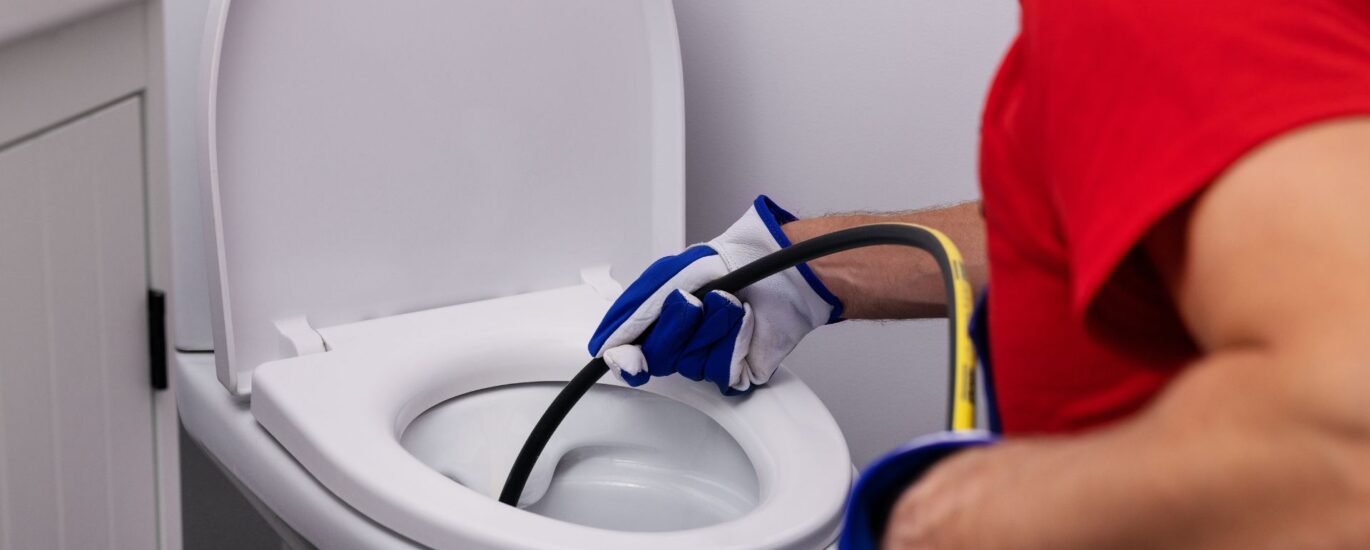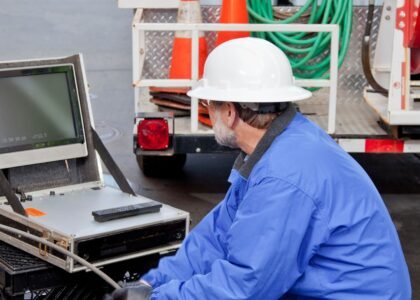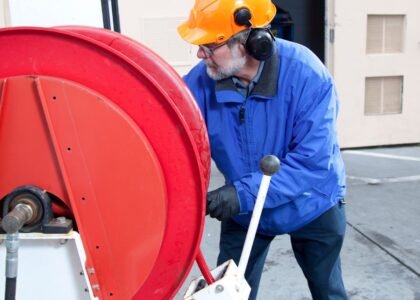Introduction
You’ve heard of snaking drains or using chemicals to clear clogs — but have you heard of hydro jetting? This advanced method can transform how you deal with serious blockages, recurring clokes, grease buildup, and root intrusions. In this post, we’ll explain what hydro jetting is, how it works, when you need it, and importantly, how it connects to other related topics like maintenance and inspection.
“Hydro jetting isn’t just for emergencies — it’s about giving your pipes a fresh start.”
If you need help or want a professional hydro jetting solution, check out our Expert Hydro Jetting Services in Monterey, CA.
What Is Hydro Jetting?
Hydro jetting is a plumbing method that uses high-pressure water streams to scour the inside of pipes and remove blockages such as grease, sludge, roots, or mineral deposits. Rather than simply poking through a clog, hydro jetting flushes debris out entirely and restores the pipe’s internal surface.
- Pressure range: Typically between 1,500 PSI and 4,000 PSI (or higher, depending on pipe size and condition).
- No chemicals: Since water is the “tool,” hydro jetting is a more environmentally friendly alternative to harsh chemical drain cleaners.
- Flexibility: The hose and nozzle can navigate bends and lengths of pipe, giving full-length cleaning.
How Hydro Jetting Works: Step by Step
Understanding the process helps homeowners trust it. Here’s how a typical hydro jetting service proceeds:
- Inspection & Diagnosis
Before jetting, a sewer camera inspection is often done to assess pipe condition, locate problems, and determine if hydro jetting is safe and effective. - Access & Setup
The technician gains access via a clean-out or maintenance hole, then inserts a high-pressure hose and nozzle. - Jetting Forward & Reverse
Water blasts forward to break through the clog; reverse jets (backward sprays) help propel the nozzle and scour pipe walls. - Progressive Cleaning
The nozzle is gradually advanced through the pipe, ensuring full-length cleaning. - Flush & Final Inspection
After jetting, a camera check may confirm that the line is fully cleared and restored.
When Should You Use Hydro Jetting vs. Drain Snaking?
Not every clog requires high-pressure treatment. Here’s how to decide:
| Scenario | Better Option | Why |
|---|---|---|
| Light clog, hair or soap buildup | Drain snake or mechanical auger | Less invasive and lower cost |
| Recurring backups, grease buildup, or roots | Hydro jetting | Cleans entire length and reduces recurrence |
| Old or fragile pipes | Proceed with caution (camera first) | High pressure can damage weak pipes |
| Preventive maintenance | Hydro jetting | Keeps pipes clear before issues arise |
You can read more on the technical side in Blog 2, where we discuss maintenance and preventive strategies.
Advantages of Hydro Jetting
Hydro jetting has a lot of perks:
- Complete cleaning — not just punching a hole through the clog
- Longer-lasting results — fewer recurring clogs
- Safe for pipes (when done correctly) — no harsh chemicals
- Effective on tough problems — roots, scale, hardened grease
- Eco-friendly — uses only water
However, it’s not always perfect. Some caveats:
- Older or weak pipes might get damaged
- Requires professional tools and training
- It uses a notable amount of water
- Not suited for every type of plumbing system — inspection is key
Common Problems Hydro Jetting Solves
Hydro jetting can tackle many stubborn issues such as:
- Frequent backups or slow drains
- Grease, fat, and oil buildup in kitchen lines
- Tree roots infiltrating sewer lines
- Hair, soap scum, or sediment accumulation
- Mineral scaling in hard water regions
- Odors caused by stuck debris or sludge
If you’re experiencing any of these, you can jump over to Blog 3, where we discuss “Signs You Need Hydro Jetting” (so you can self-diagnose before calling a pro).
Risks & Things to Watch Out For
Like all powerful tools, hydro jetting isn’t without risk. Professionals typically:
- Inspect via camera first
- Avoid jetting pipes with cracks, corrosion, or structural problems
- Choose appropriate pressure for the pipe material
- Monitor nozzle control so it doesn’t get stuck
If done poorly, hydro jetting may exacerbate damage rather than solve it.
Scheduling & Integrating with Other Services
Hydro jetting often fits into a broader plumbing plan:
- After root removal or pipe repair
- As part of maintenance contracts
- Combined with sewer line inspection
- Pre-treatment before installing new plumbing components
If you’re ready to book a professional service, head over to Expert Hydro Jetting Services in Monterey, CA or contact us.



